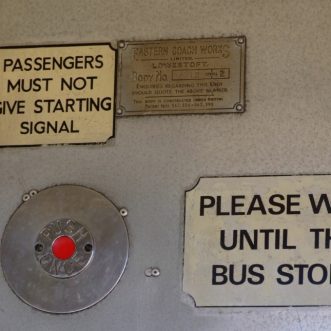
Packaging a Promise
Your Promise of Value is a big thing. And unless you’re promising basics, like ‘enough to eat’ or ‘being able to stay warm in the cold’ or ‘staying alive’, it’s likely to be somewhat abstract – ‘be more confident’, ‘be more beautiful’, ‘be more healthy’, ‘be more happy’.
I may want to ‘be more confident’, but I can’t just buy ‘confidence’. There has to be something concrete I can buy or do that delivers confidence as a result – like a nose job, or a diet, or a new suit, or a private education.
Turning your Promise into something the people you serve can actually buy is Packaging, and the golden rule of Packaging is that it’s about them, not you.
That means you have to know the people you seek to serve really well. What are their motivations? What are the constraints on that motivation? How can you configure what you offer to overcome those constraints and unleash their motivation?
If the constraint is money, the answer might be small packets – that’s how Poundland works – goods are packaged to a price point, so quantities change, but not the price. Or it might be something that makes it cheaper for you to produce or transport, like a bag-in-box for wine or olive oil.
If the constraint is time, the answer might also be small packets, but it could be on-demand delivery, or a draw-down, or a subscription.
If the constraint is attention, the answer might be creating space for focus.
If the constraint is impetus, the answer might be a time limit.
The actual constraints your people are working under will vary, which might mean creating different packages for different groups of people. But be careful not to turn choice into a barrier.
Remember it’s about making it easy for them to buy, not for you to sell. And however you package it, it mustn’t fall short on your Promise.








